Nestled high in the Himalayas and shrouded in mysticism, Tibet is not just a travel destination—it’s a profound spiritual journey. From its ancient monasteries perched on rocky cliffs to prayer flags fluttering in mountain winds, Tibet offers a rare opportunity to step beyond the physical realm and enter a space of reflection, devotion, and self-discovery.
While many people visit Tibet to see stunning natural wonders, ancient architecture, or Mount Everest, the soul of the land reveals itself most clearly to those open to a spiritual awakening. For centuries, pilgrims, sages, monks, and seekers have traveled to Tibet in search of enlightenment, peace, or a deeper understanding of the universe.
In this guide, we’ll take you on a deep dive into what makes a spiritual journey in Tibet unique—its sacred landscapes, pilgrimage traditions, transformative encounters, and how to prepare for this life-changing experience.
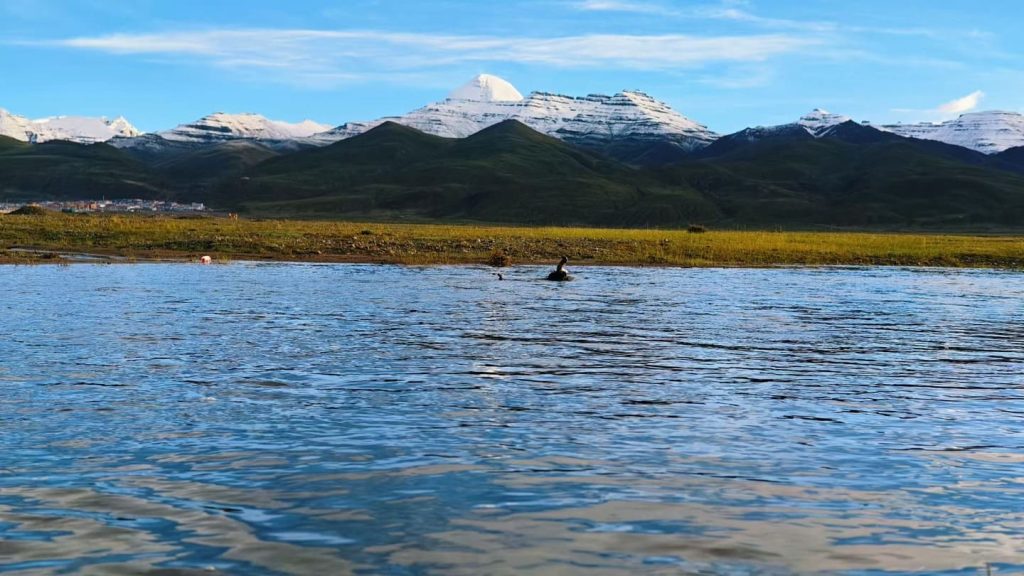
What Makes Tibet a Spiritual Destination?
Spirituality is interwoven into the daily life, culture, and geography of Tibet. It’s not confined to temples or ceremonies—it permeates everything.
A Living Land of Faith
Tibet is the heartland of Tibetan Buddhism, a complex, ancient spiritual tradition that blends Mahayana Buddhism with Bon (the indigenous spiritual practice). You’ll find spirituality in:
• Whispered mantras in the streets
• Devotees prostrating themselves for miles along pilgrimage routes
• Colorful prayer flags strung across mountain passes
• Mani stones etched with prayers along riverbanks
This is a land where even the wind is said to carry blessings.
The Power of Sacred Geography
In Tibetan belief, the landscape itself is alive. Mountains are gods, rivers are the veins of the Earth, and lakes are mirrors of the divine. Journeys across these terrains are not just physical—they are deeply symbolic.
Examples include:
• Mount Kailash – A sacred peak revered by Buddhists, Hindus, Jains, and Bon followers
• Lake Namtso and Lake Manasarovar – Sacred lakes said to purify karma
• Potala Palace and Jokhang Temple – Centers of spiritual and political power
The Sacred Pilgrimage Tradition in Tibet
In Tibetan culture, pilgrimage (called “kora”) is not a holiday, but a spiritual obligation and path to purification. Pilgrims undertake physically demanding journeys, sometimes lasting months, to perform ritual circuits around sacred places.
Types of Koras
• Small-scale koras: Circumambulating around monasteries or temples, such as the Barkhor Circuit around Jokhang Temple in Lhasa.
• Large-scale koras: Long treks around holy mountains or lakes, like the Mount Kailash kora, a 52-km trek through rugged terrain and high-altitude passes.
Many pilgrims prostrate themselves with each step, a physical act of surrender and devotion. Travelers who respectfully participate in or witness these journeys often describe them as transformative experiences.
Must-Visit Spiritual Sites in Tibet
A Tibet tour focused on spiritual discovery offers access to some of the most sacred and historically significant places in Asia. Each of these is not just a monument—but a living, breathing center of prayer and reflection.
Jokhang Temple (Lhasa)
• Considered the most sacred temple in Tibet.
• Home to the revered Jowo Shakyamuni statue, believed to have been blessed by the Buddha himself.
• Surrounded by the Barkhor, a bustling prayer path walked by thousands daily.
Potala Palace (Lhasa)
• Once the winter residence of the Dalai Lama.
• A symbol of spiritual and temporal authority.
• Now a UNESCO World Heritage site filled with chapels, tombs, and relics.
Samye Monastery
• The first Buddhist monastery built in Tibet, designed in the shape of a mandala.
• A mix of Han, Indian, and Tibetan architectural styles.
• Known as the place where Buddhism first took root in Tibet.
Mount Kailash
• The spiritual center of the universe in several religions.
• Walking the kora around the mountain is said to erase the sins of a lifetime.
• The 3-day trek reaches 5,630 meters at Dolma La Pass.
Tashilhunpo Monastery (Shigatse)
• Seat of the Panchen Lama.
• Known for massive golden statues and sacred scriptures.
• Offers insight into the philosophical depths of Tibetan Buddhism.
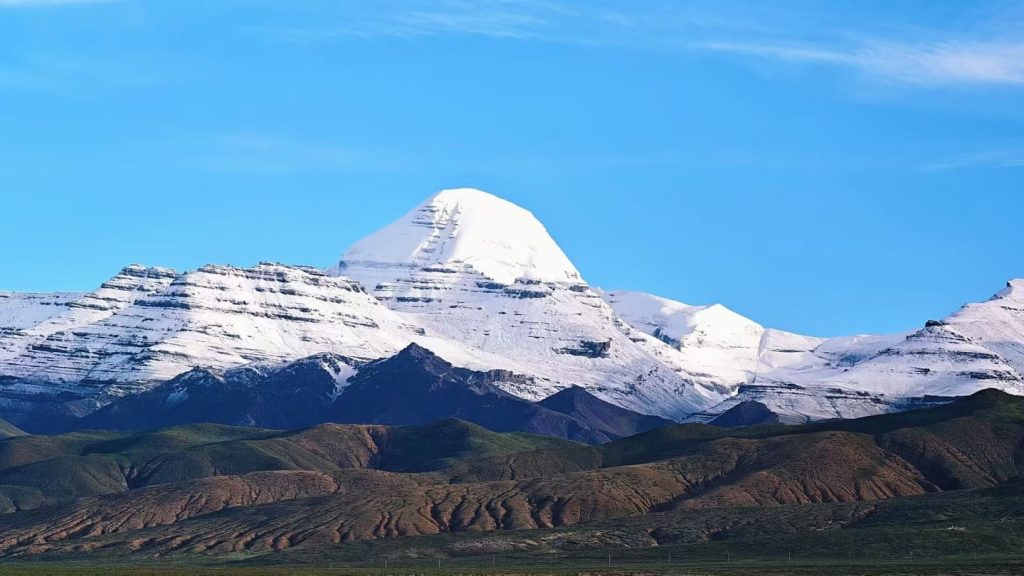
The Spiritual Benefits of Traveling in Tibet
While anyone can benefit from the fresh air and natural beauty of Tibet, a spiritual journey here offers something far more profound:
Detachment from Modern Life
With limited internet access, few distractions, and remote landscapes, Tibet encourages mental stillness. It becomes easier to disconnect from daily anxieties and tune into deeper thoughts and emotions.
Connection with Inner Self
Many travelers report unexpected emotional or spiritual breakthroughs while in Tibet. The solitude, altitude, and ancient rituals naturally lead to introspection and mindfulness.
Witnessing Genuine Devotion
Whether it’s a monk chanting in a mountain monastery or a grandmother spinning a prayer wheel, you’ll witness unwavering faith and discipline that challenge Western ideas of spirituality and success.
Facing Physical Challenges as Spiritual Practice
Trekking at high altitudes, enduring long drives over bumpy roads, and adapting to simple accommodations becomes a form of spiritual discipline—mirroring the hardships Tibetan pilgrims endure with joy.
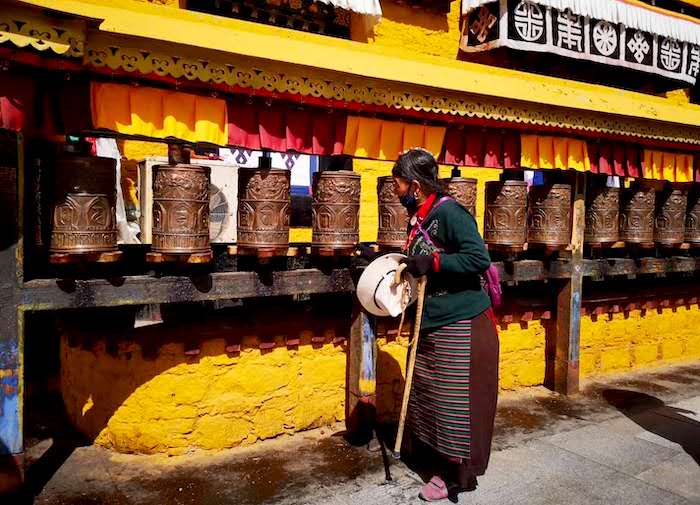
Preparing for Your Spiritual Journey in Tibet
Mental and Emotional Preparation
Spiritual travel requires more than physical readiness. It asks you to open your heart and mind.
Tips:
• Read about Tibetan Buddhism and pilgrimage culture.
• Practice meditation or journaling before your trip.
• Set an intention—what do you hope to learn or unlearn?
Choose the Right Itinerary
If you’re looking for deep spiritual engagement, consider:
• Lhasa and surroundings: Ideal for first-time spiritual travelers. Visit Jokhang, Potala, and nearby monasteries like Drepung or Sera.
• Mount Kailash pilgrimage tour: For those ready for physical and spiritual challenge.
• Ganden to Samye trek: Blends nature, solitude, and sacred sites.
• Festival tours: Time your visit to experience rituals like the Shoton Festival or Saga Dawa, where thousands gather for spiritual celebrations.
Work with the Right Guides
Partner with a local Tibetan-owned travel agency that understands the spiritual significance of the sites. A knowledgeable Tibetan guide can explain symbols, rituals, and hidden meanings that enrich your journey.
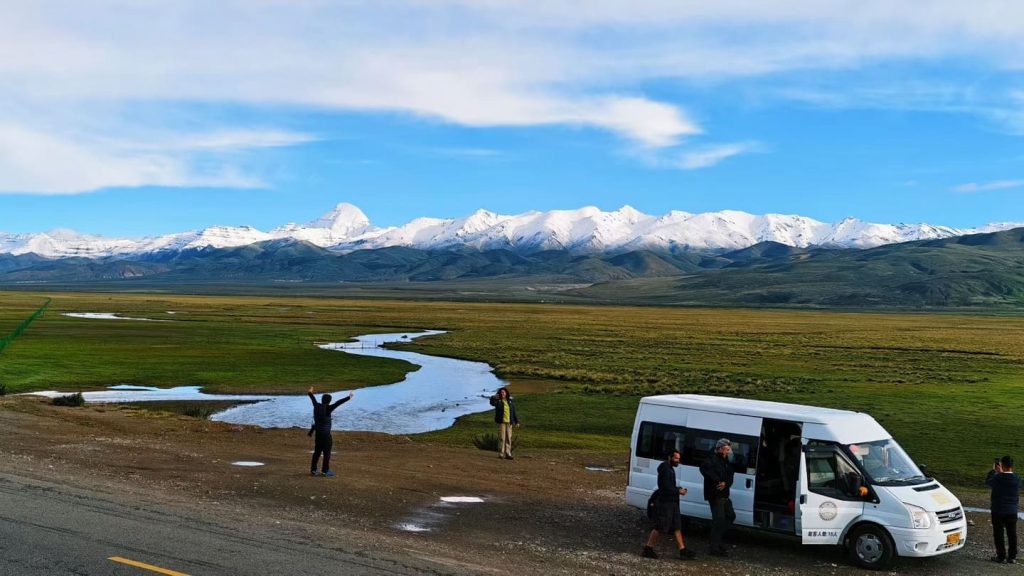
Responsible & Respectful Spiritual Travel
Dress Modestly
Tibetans are conservative, especially in sacred spaces. Cover shoulders and knees, and remove hats in temples.
Respect Rituals
• Always walk clockwise around stupas and monasteries (counterclockwise for Bon sites).
• Don’t touch prayer flags or sacred objects unless invited.
• Ask before photographing monks or rituals.
Support Local Communities
Buy from local artisans, stay in family-run guesthouses, and be generous when making offerings or donations at monasteries.

Personal Transformation in Tibet: Stories from the Trail
Many visitors to Tibet leave with more than photos—they return home changed. Some find clarity about life decisions, others reconnect with lost parts of themselves. Common themes among travelers include:
• Overcoming fears and doubts
• Letting go of material attachments
• Discovering a sense of purpose
• Learning to appreciate silence and simplicity
As one traveler wrote after her journey to Mount Kailash:
“I didn’t find God on the mountain—but I found a mirror reflecting everything I was afraid to face. And in that moment, I knew I was free.”
When to Travel for a Spiritual Journey
Best Seasons
• Spring (April–June): Blossoming flowers, clear skies, ideal for festivals like Saga Dawa.
• Summer (July–August): Great for pilgrimage treks and festival tours.
• Autumn (September–October): Cooler, less crowded, with excellent visibility.
Avoid winter (November–March) due to extreme cold and limited access to many regions.
Spiritual Retreats and Meditation Programs in Tibet
While structured retreats in Tibet are limited due to regulations, some monasteries offer short-term stays for foreigners. These are typically arranged through trusted travel agencies.
You can also visit:
• Nunnery guesthouses in Lhasa for quiet reflection
• Meditation caves and hermitages near Tashi Lhunpo and Mount Kailash
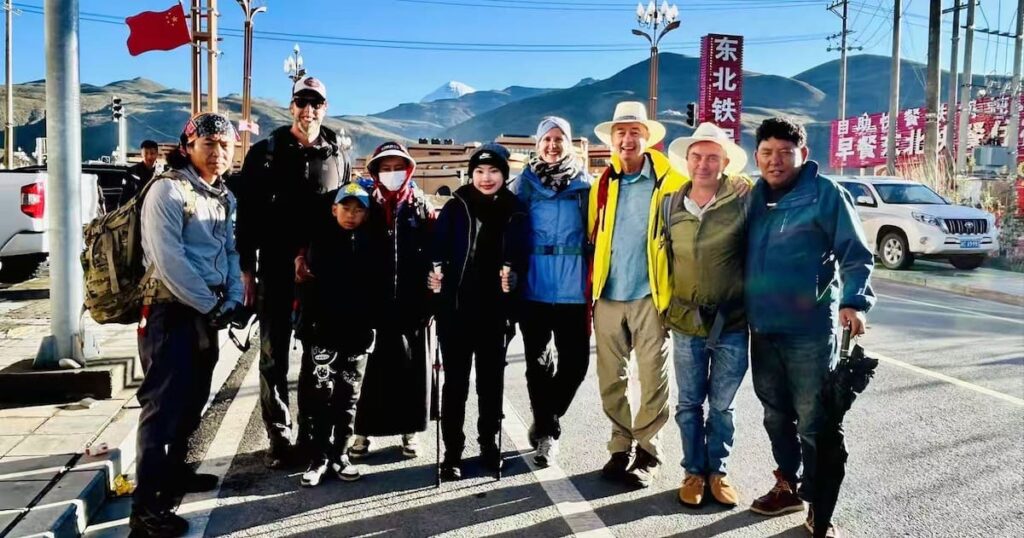
Conclusion: The Sacred Call of Tibet
A spiritual journey in Tibet is not about checking off landmarks or collecting souvenirs. It’s about surrender—surrendering ego, time, and control to something far more ancient and expansive than yourself.
It’s about walking in the footsteps of pilgrims, listening to the silence between chants, and letting the raw, breathtaking nature of Tibet strip away everything you thought you knew.
Whether you spend a week in Lhasa or embark on the kora around Mount Kailash, one thing is certain: you’ll return home different—lighter, wiser, and more connected to the sacred within.
